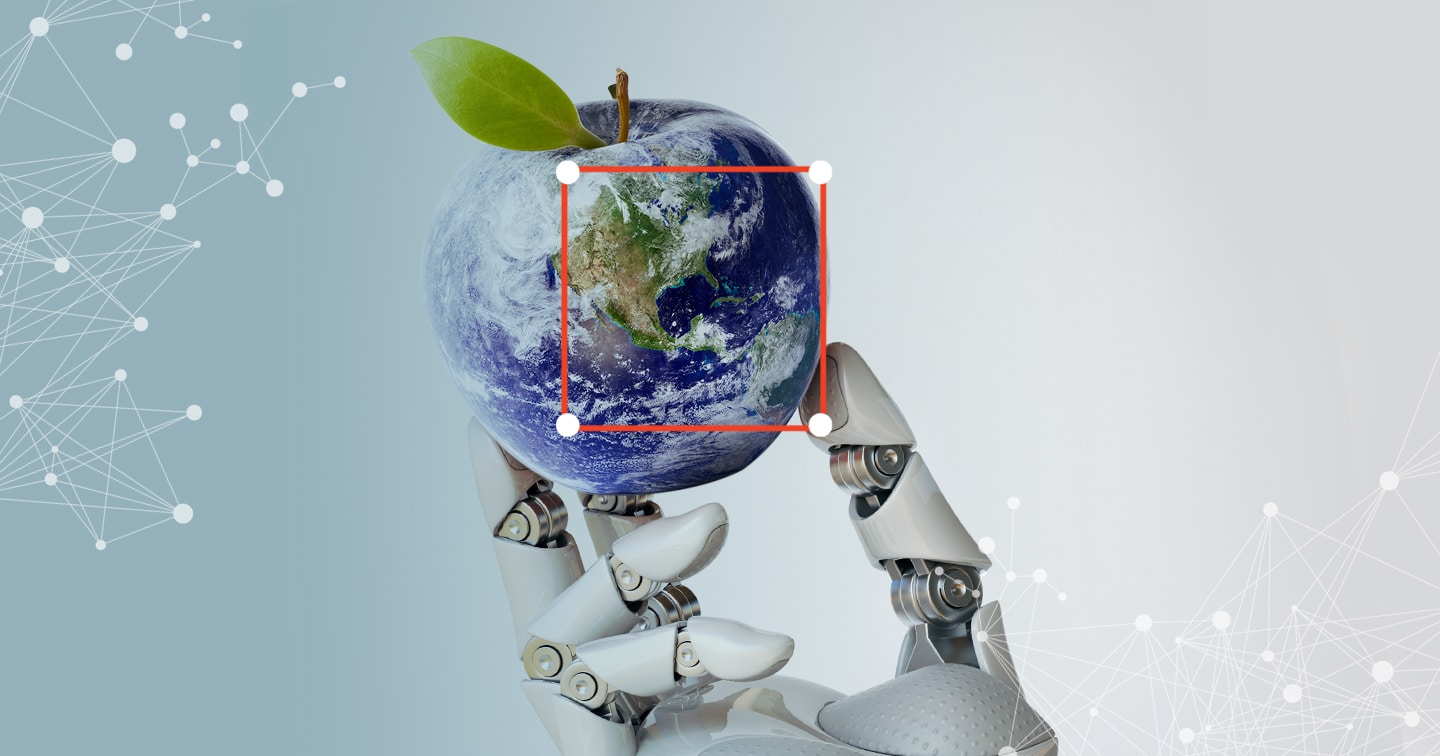Food is something we sometimes take for granted. For many, there is no worry about when we’ll have our next meal. Quite a few people, however, don’t have the same luxury. Around 10% of the world’s population, or 811 million people, go hungry every day.
World Food Day is a holiday created by the Food and Agriculture Organization (FAO) branch of the United Nations. Established in 1979, this day was created to raise awareness of how many people in the world don’t get enough food to eat. It’s one of the most celebrated UN holidays with more than 150 countries participating.
Many would think, and rightly so, that the solution to ending world hunger is to grow more food. And while yes, that is correct, that’s not the only way. A significant portion of food that’s already grown is thrown out or doesn’t make it to the store. If people are able to prevent the amount of already grown crops from being wasted, we are already one step closer to ending world hunger.
Waste Not Want Not
According to the WWF, 1.2 billion tons, or 15.3% of food produced is lost during harvest or slaughter operations. There are a variety of reasons behind this, one of the biggest being appearance–food not looking “sellable” and, therefore, unfit to be sent to grocery stores. A significant portion of food doesn’t even make it to the harvest stage, and nearly 20-40% of crop losses are caused by pathogens, animals, and weeds.
For stores refusing to sell imperfect produce, we need to change the perspective that food with a blemish or two is inedible. Fact is, blemished food is perfectly safe to eat.
Finding a way to protect crops against the elements can prove tricky, but with AI, early detection of diseases and weed infestations are now possible. Farmers can utilize special plant identification apps to ensure crops are healthy. These apps are able to scan images of plants and cross reference them in a database to determine if any crop has become infected with a disease, and at what stage it’s at. This lets the farmer know if they can save it or should remove it before the disease can spread. These same apps can also help detect if weeds are invading crop areas. Weeds are known to be invasive as they absorb all the vital nutrients that crops need to grow. By removing the weeds early on, the chance of harvesting more food is increased.
There are so many ways AI is helping to ensure more food is harvested by farmers each season. To learn more about the impact AI is making through these apps and selling imperfect food, read our article on how AI is helping to end world hunger.

Grow Your Own Garden
Not all of us have spacious farmland to grow food but, chances are, many of us have a small outdoor space or some extra room inside our home to start growing a small garden. Don’t have a green thumb? Not a problem! Thanks to AI, smart gardens can help anyone grow their own food.
What separates a smart garden from just planting seeds in generic soil is that it’s an ecosystem. Seeds are planted in the base bowl and LED grow lights ensure enough there is enough sun exposure. The garden also has built in monitors that keep track of plant health and let you know if more water or food is needed, all of which can be monitored by an app on your phone.
The best part about these smart gardens is there’s one for every type of gardener out there. There are different sizes, ones that just grow herbs or lettuce, and some are even under $100 so they can work with every budget. Learn more about smart gardens by reading our article, AI is the Key to Convenience.
World Food Programme + AI
AI has more to offer than just plant identification apps and smart gardens when it comes to helping the world get enough food to eat. The World Food Programme is leveraging AI to make some positive changes.
There are 4 core projects benefiting from AI:
- SKAI
- HungerMap LIVE
- MEZA
- Optimus
Optimus helps with resource allocation by deciding which items go where based on such factors as location and population size. This program truly makes every penny count, and has helped served 20% more people on the same budget. SKAI utilizes machine learning to properly assess building damage after natural disasters occur allowing first responders to address the most damaged buildings first.
HungerMap LIVE tracks food security close to real-time to identify which regions need food assistance. MEZA uses optical character recognition to digitize handwritten records. This is primarily focused on nutrition records to aid in managing malnutrition in patients.
Thanks to AI the world is on track to not only grow more food, but also help those who are hungry get enough to eat. This World Food Day we encourage you to grow some of your own food and buy that imperfectly shaped produce item. If we all make a small change, we can help end world hunger.











